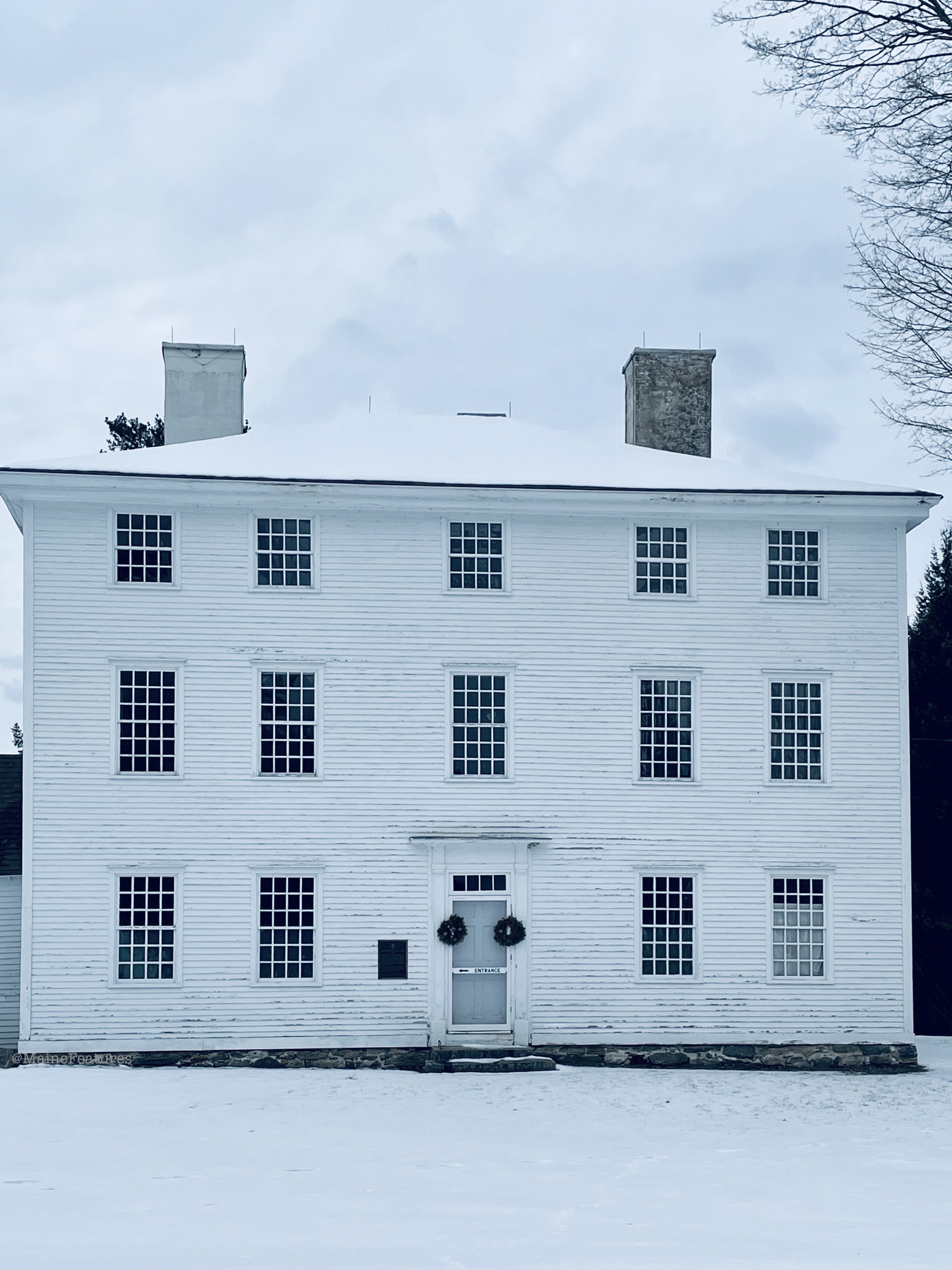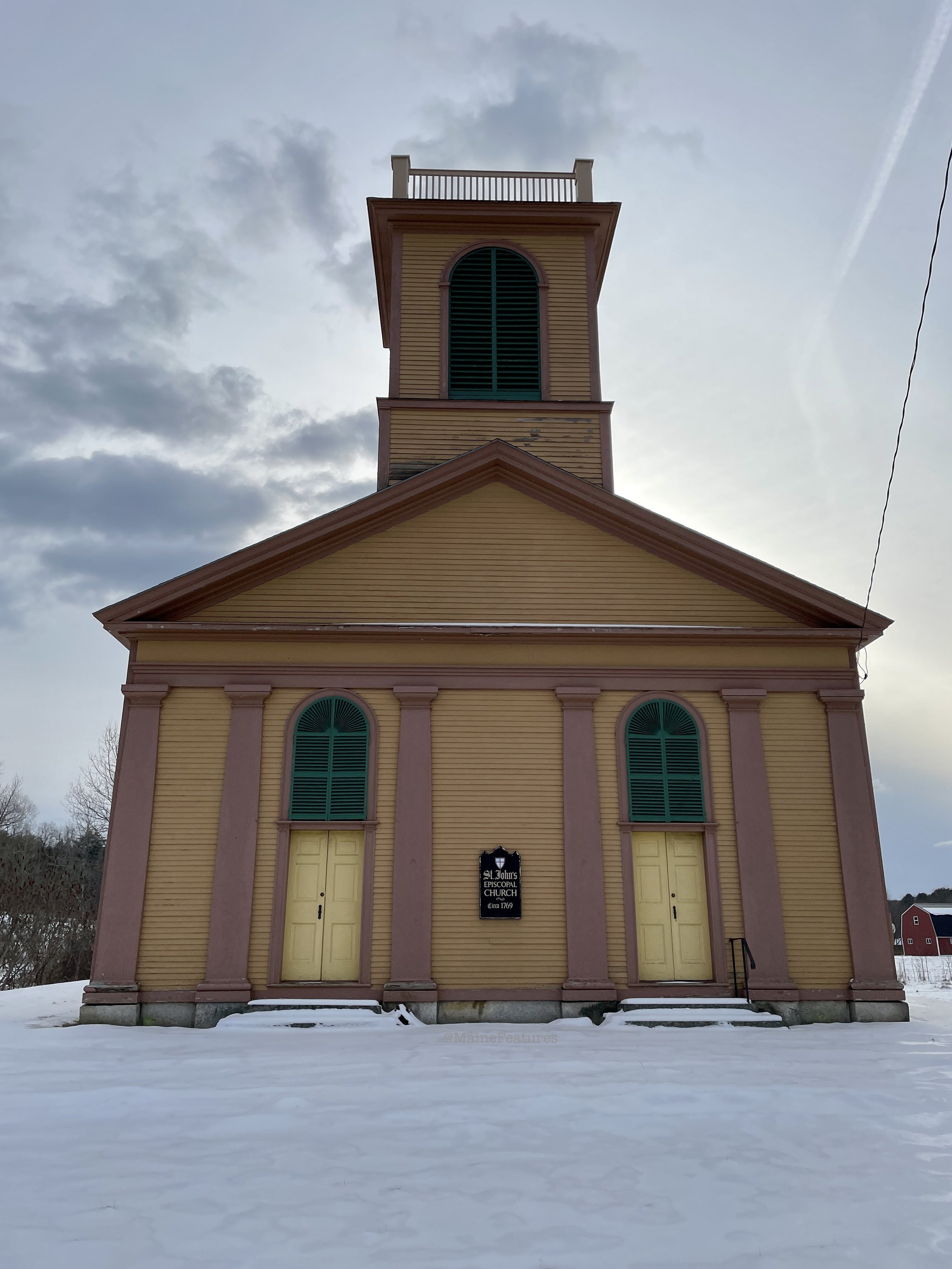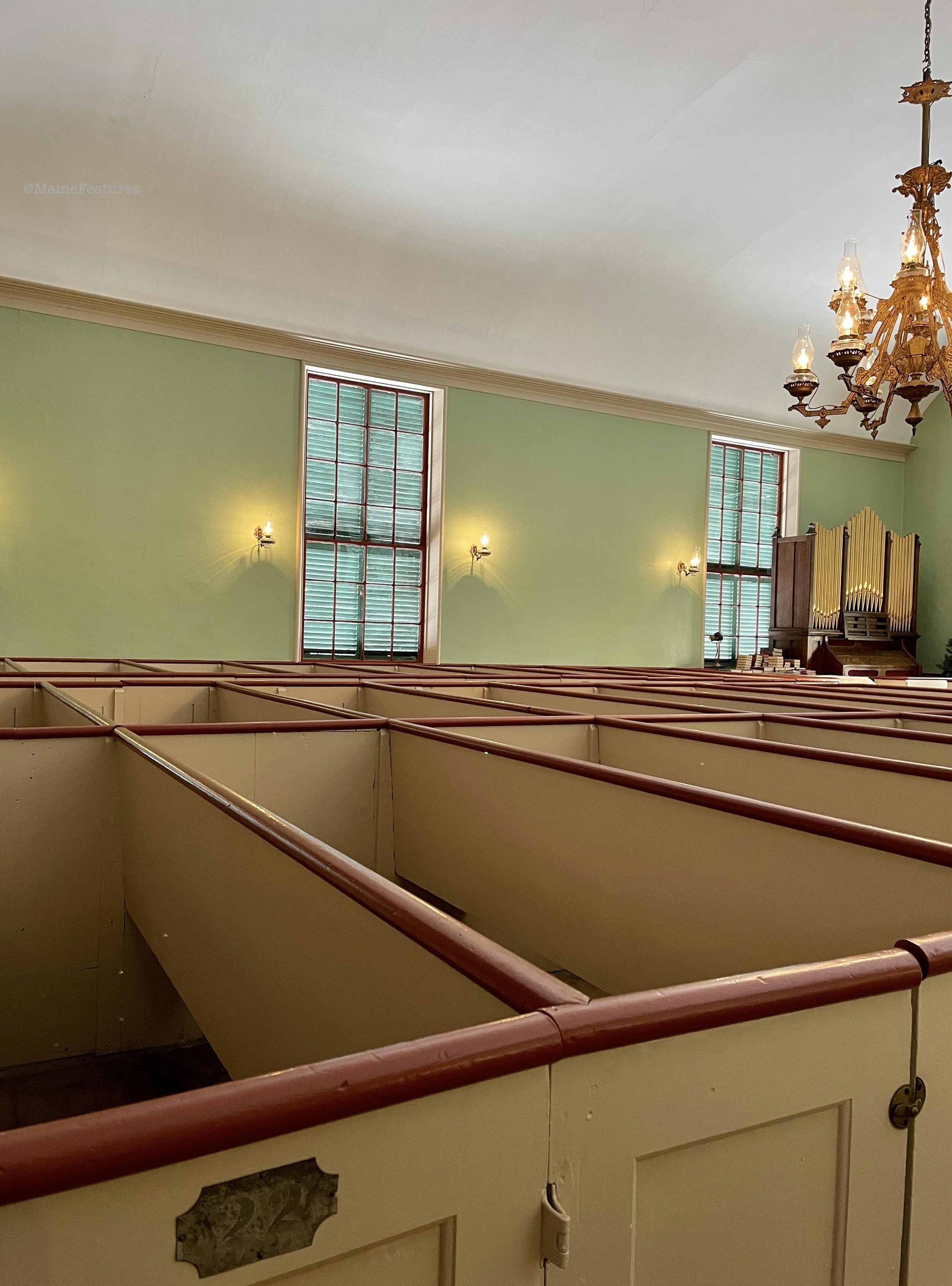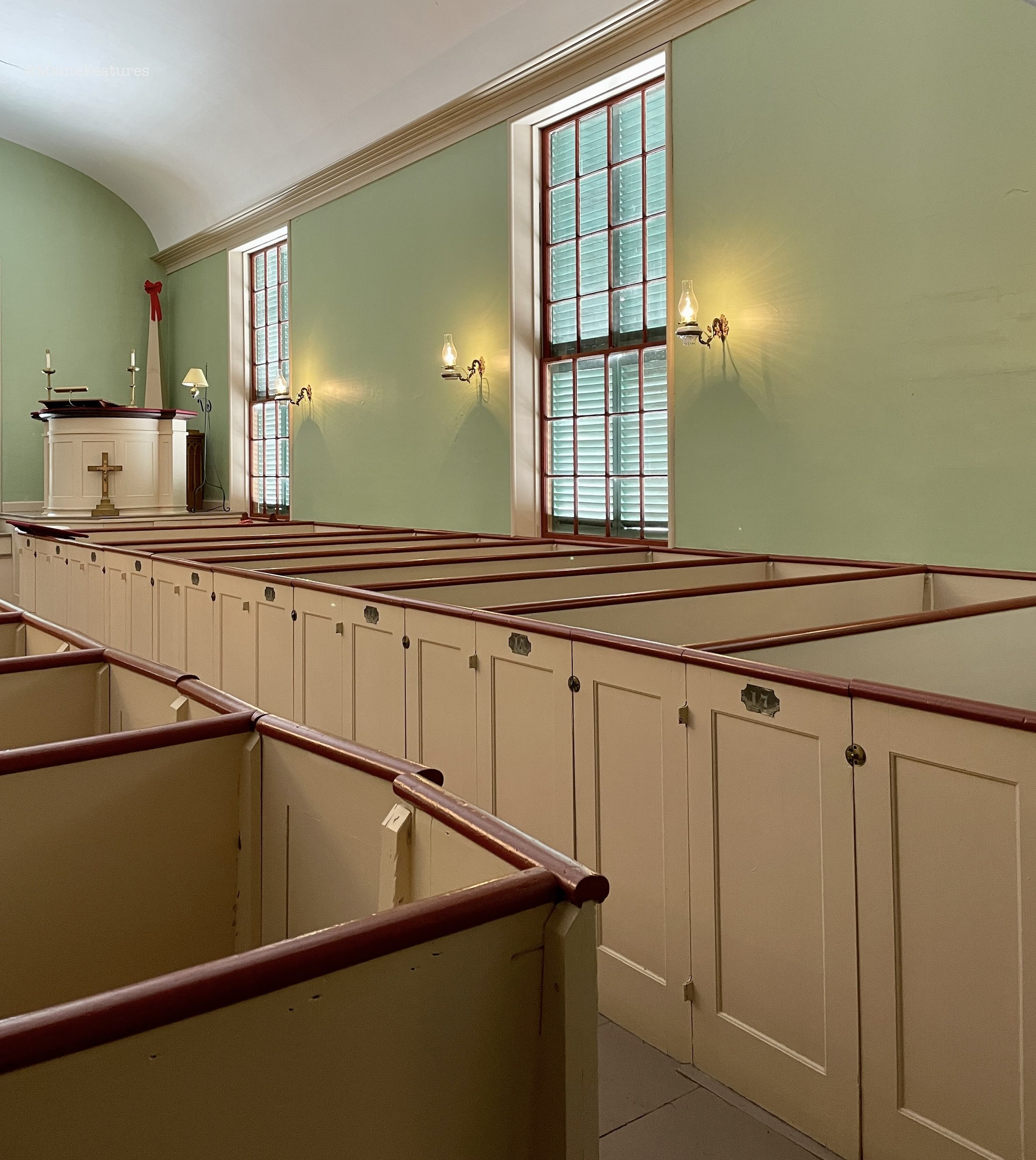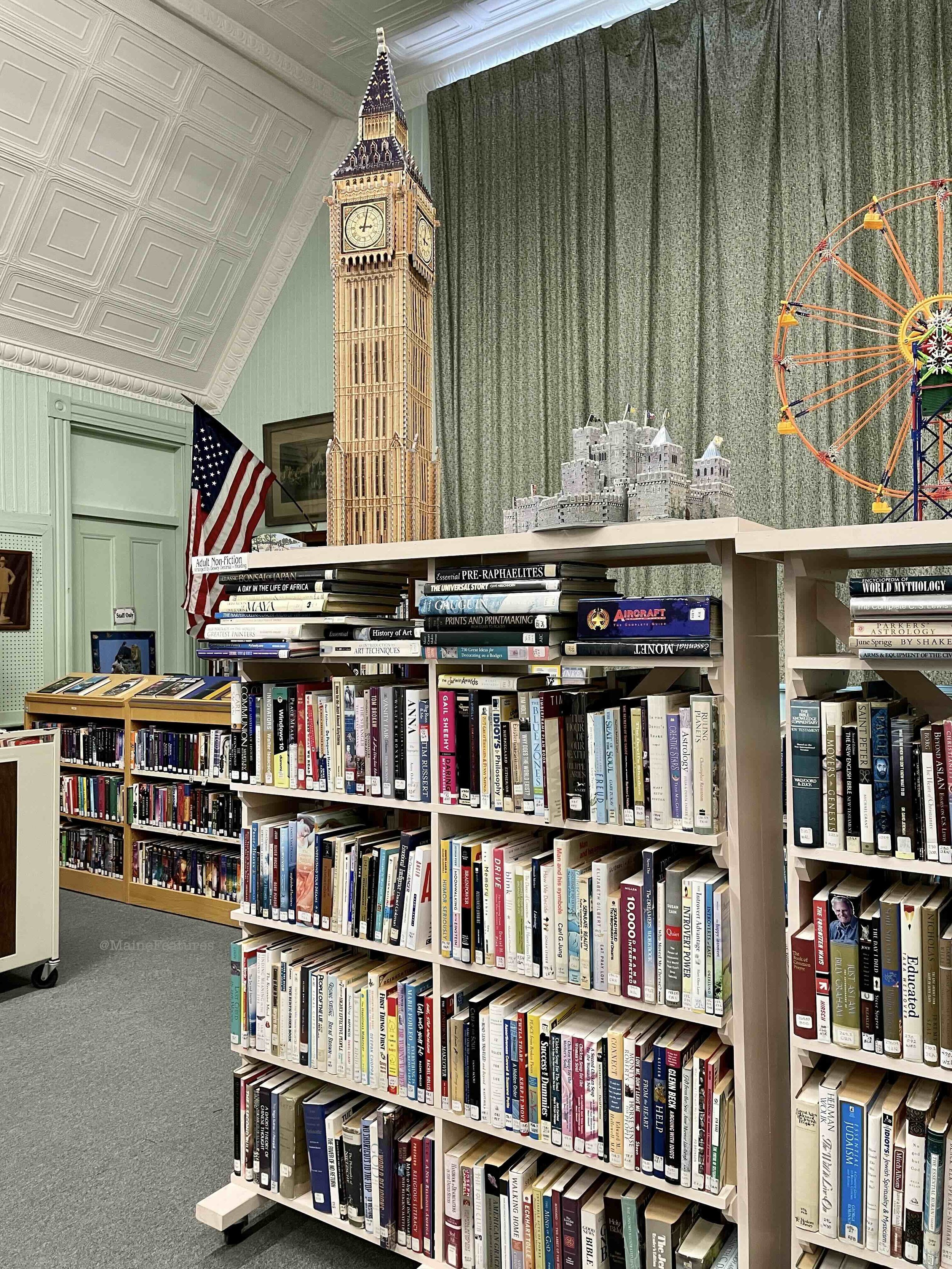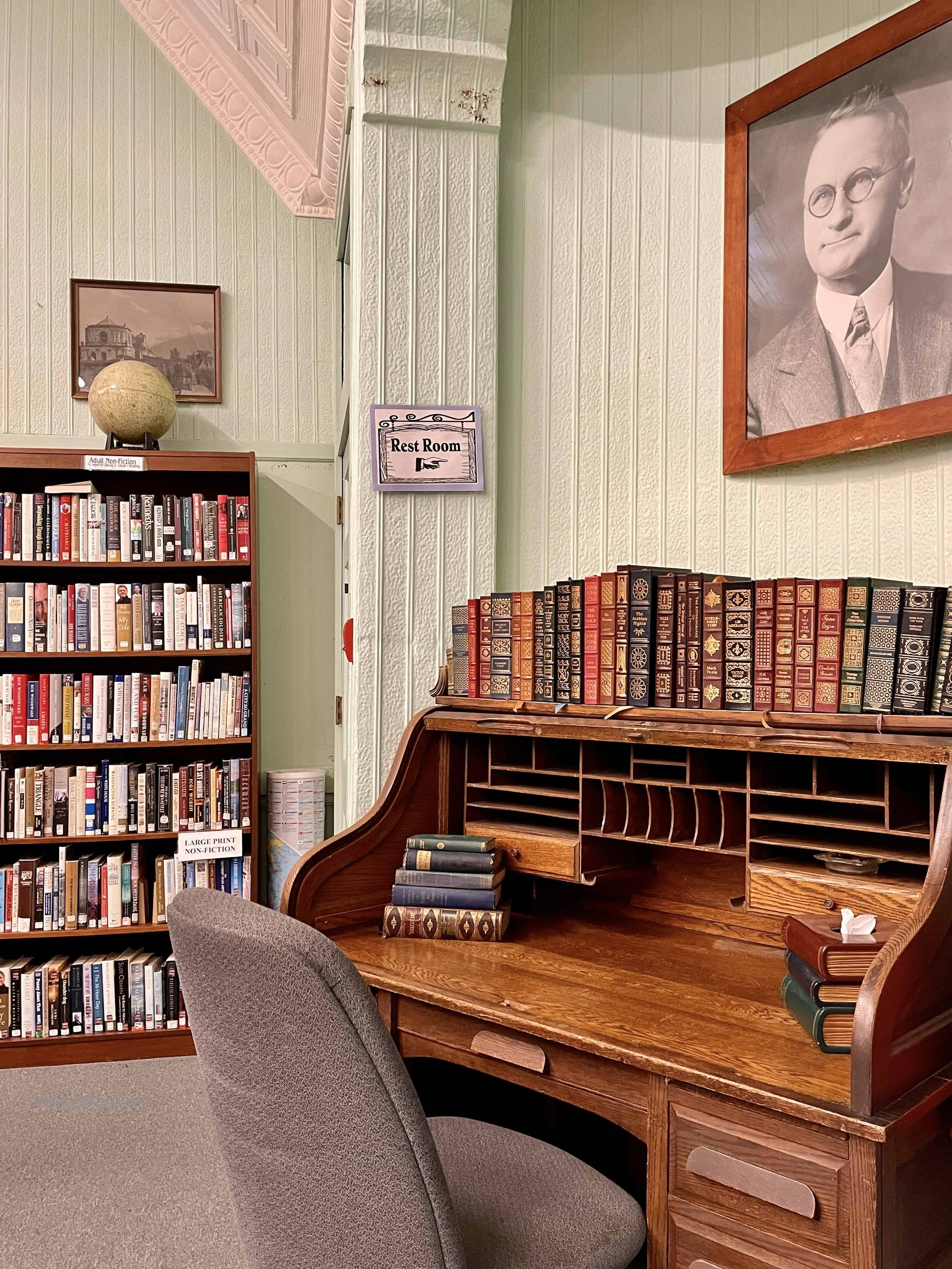Exploring Historic Dresden, Maine
Dresden is one of those places that is sure to excite Maine history lovers. The first time I drove through, I knew there would be many return trips. There is so much from past centuries to explore here in Lincoln County.
In numerous conversations since my visit, I’ve found most Mainers have a hard time placing Dresden. If that’s you, perhaps a few other regional details will help. The western border of Dresden runs along a portion of the 170 mile-long Kennebec River. It’s a few municipalities south of Augusta. One of the town’s more well-known neighbors is Wiscasset which lies to the east.
As a plantation in the 1750s, Dresden was known as “Frankfort.” Having recently published the feature for the town of Frankfort—the one located nearly 70 miles away in Waldo County—it seemed like an appropriate point to fit in this former Frankfort. In 1760, the Frankfort plantation was officially incorporated as the town of “Pownalborough.” By 1794, its third iteration resulted in the town being called “Dresden.” This last name has stuck ever since though remnants of Pownalborough can be found.
The most significant remaining Pownalborough designation is attached to a landmark I was eager to see—the Pownalborough Court House. It was built back in the 18th century and remains in outstanding structural condition in the 21st century. The architects and carpenters in 1761 clearly knew what they were doing!
Pownalborough Court House
Oh, to be a fly on the wall of this three-story building over all these years! So many fascinating people have passed through these doors. Nearly a decade before he served as a delegate in the Continental Congress, former President John Adams argued a case here in 1765. I’ll return in the summer months to tour the inside (looking forward to meeting you, Lincoln County Historical Association), but I had to stop by during winter to enjoy the snow-covered scene.
There were several other places to visit while in Dresden. Three of them held reminders for me as to why it’s important to dig deep and not rely on my first impressions. Things are not always as they appear.
The old Dresden Town Hall
One of these discoveries was the old town house. It’s the not-uncommon type of structure in Maine that practically begs to have its picture taken. A whole bunch of us Mainers (not all, but likely many of you!) find these places perfectly appealing.
I left thinking this building dated back to 1904 as that’s the year on display above the upper windows. But when later reading the paperwork on the National Register of Historic Places, I learned it is the second floor which belongs to that year. The first level was constructed in 1859. Even better! As you may have guessed by the photo, the local town administration no longer occupies this site.
The current Dresden Town Office
After leaving the old town house, I headed to the new one which is likely older than the old one (could you follow that?). The present-day Dresden town office is in a former schoolhouse which shows on an 1857 map. Like I said, this is a town for all the lovers of old days.
I had a lovely chat with the helpful folks working for the town of Dresden. My primary purpose (aside from seeing that building) was to ask questions about the church next door. If you’ve driven through the area, you can likely guess what grabbed my attention. The old St John’s Episcopal Church is striking, not only for its construction, but also its unique colors.
The sign on the church has “Circa 1769” painted on it. Eventually I would learn my second lesson about not jumping to conclusions. While reading the History of Dresden, Maine: formerly a part of the old town of Pownalborough from its earliest settlement to the year 1900 by Charles Edwin Allen (yes, that’s a mouthful of a title, but one of the most helpful local history resources), I learned that it is actually the original Episcopal Church which dates back to 1769. Its first building is no longer standing. Its present one, pictured above, was built in the 1830s as the Dresden Union Meeting House and used by several denominations before it became the home for St. John’s in 1852.
Church services are no longer held on this site, but it serves as a venue for concerts and weddings. I had the great privilege of being given an unscheduled tour of the inside and have included a couple photos to give you a peek, too. It’s simply stunning.
If you’ve been following this journey for any length of time, you may have picked up on the fact that libraries are one of my favorite places in any town. I have a borderline obsession with books and am a voracious reader. Even if I live as long as my oldest family members (101), I’ll never get over the wonder of libraries. But before I get carried away…
The Dresden library is a former school, as might be obvious from its name: “Bridge Academy Public Library.” It is one of the most fascinating and unique libraries I’ve visited. For one, there’s a sink between the stacks. I tried to capture how special the building is with these photos, but do stop by to see if for yourself when you’re in the area.
I was a little confused by the “Bridge” in the name, and so we come to the third lesson about not jumping to first impression conclusions. I couldn’t see a bridge anywhere within proximity of the Bridge Academy Public Library. The Eastern River is right there, but you’ll need a boat to cross it from the library.
As it turns out, the building is named for a former Dresden resident named Samuel Bridge (1809-1893). Mr. Bridge had a successful career as a merchant. He contributed to many philanthropic causes and even commissioned the John Harvard statute which sits in Harvard Yard. Eventually, he returned home to invest in the local community in which he grew up.
Samuel Bridge convinced the town to use the funds out of a recent bequest from Llewellyn Lithgow (who also grew up in Dresden) to build a school. Ironically, there was quite the disagreement over the proposal as some wanted to the money to go toward…
wait for it…
a BRIDGE over the Kennebec River! But the human Bridge won his case, contributed more of his own money to that of the bequest, and then oversaw the whole project. He was over 80 years old at the time. The school opened in 1890. It has been the location for Dresden’s library since 1984.
This is part one of the Dresden feature. This trip was completed during winter. An additional visit is planned for a warmer month when additional locations are open and accessible. Newsletter subscribers are always informed when features are updated. If you’re not currently receiving the weekly newsletter and want to follow this journey to every town in Maine, sign up here (it’s free!) or in the box at the bottom of this page.
